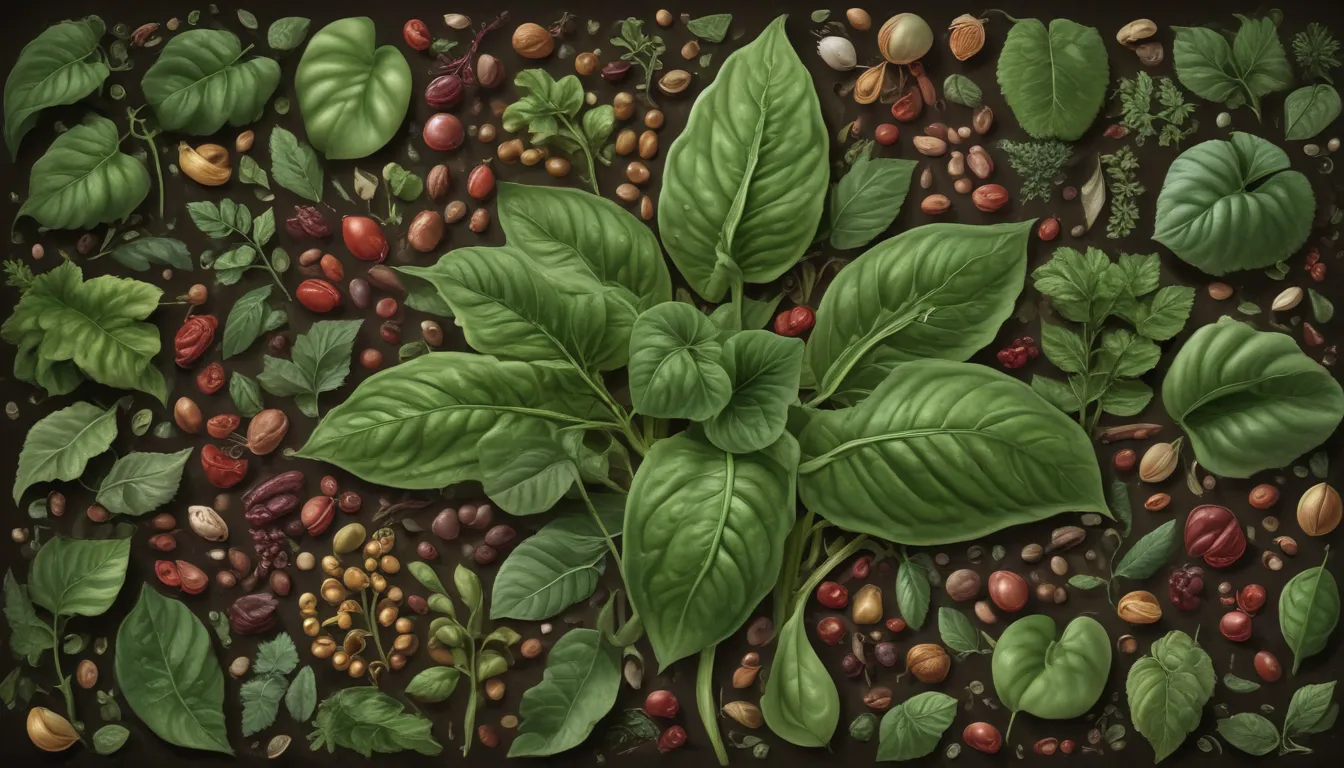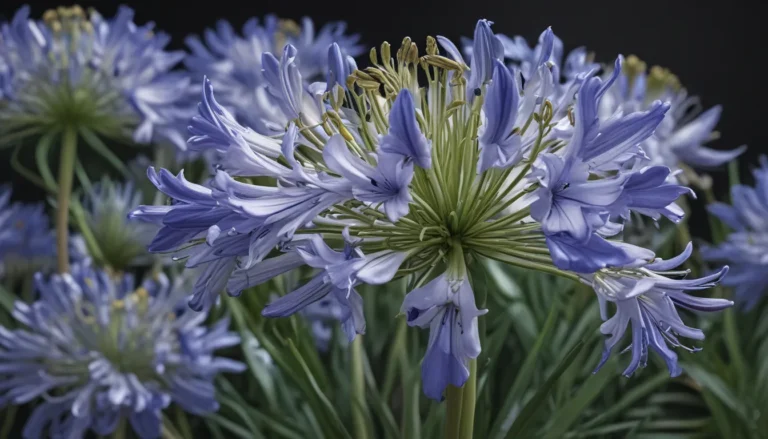The pictures we use in our articles might not show exactly what the words say. We choose these pictures to make you interested in reading more. The pictures work together with the words but don’t take their place. The words still tell you the important facts.
Bean plants are not just a common sight in gardens and kitchens; they are a symbol of resilience, nutrition, and sustainability. Join us on a journey as we explore the intricate world of bean plants, from their diverse varieties to their environmental impact and health benefits. Discover the fascinating facts that make bean plants an indispensable part of our lives.
Exploring the World of Bean Plants
Bean plants, scientifically known as Phaseolus vulgaris, are a part of the Fabaceae family, also known as the legume family. This diverse plant family includes peas, lentils, and peanuts, known for their ability to fix nitrogen in the soil, crucial for sustainable agriculture.
With over 40,000 different varieties, bean plants come in a myriad of shapes, sizes, and colors. From the familiar green beans to the vibrant scarlet runner beans, bean plants showcase their adaptability to various climates and growing conditions.
Bean Plants: A Nutritional Powerhouse
Bean plants are not just versatile in their appearance; they are also rich in protein and essential nutrients. Packed with iron, folate, and fiber, bean plants offer a valuable addition to a balanced diet. Their high protein content makes them a crucial source of nutrients for individuals following vegetarian or vegan diets.
The Agricultural Significance of Bean Plants
The cultivation of bean plants plays a vital role in sustainable farming practices, particularly in crop rotation. By harnessing the nitrogen-fixing abilities of bean plants, farmers can improve soil fertility and enhance agricultural productivity. This eco-friendly practice promotes long-term soil health and resilience.
Treasured Through the Ages
The history of bean plant cultivation dates back thousands of years, with evidence of their domestication found in ancient civilizations like the Aztecs and the Incas. This enduring legacy highlights the cultural and historical significance of bean plants as a staple food across diverse societies.
From Farm to Table: Culinary Delights
Bean plants feature prominently in global cuisines, adding flavor and nutrition to a variety of dishes. From soups to salads and main courses, bean plants offer a versatile ingredient with immense culinary potential. Their vibrant flowers not only attract pollinators but also add a touch of beauty to gardens and landscapes.
Beyond the Plate: Health Benefits of Bean Plants
The consumption of bean plants is associated with a multitude of health benefits, including improved heart health, weight management, and blood sugar regulation. With their high fiber content and low glycemic index, bean plants play a crucial role in supporting overall well-being and reducing the risk of chronic diseases.
Embracing Sustainability
Bean plants are more than just a nutritious food source; they are an environmentally friendly protein option. Compared to livestock farming, bean plant cultivation requires fewer resources and has a lower carbon footprint, making them a sustainable choice for protein production.
The Colorful World of Bean Plants
The kaleidoscope of colors displayed by different bean plant varieties adds a vibrant and visually appealing touch to gardens and landscapes. This aesthetic diversity makes bean plants a popular choice for ornamental gardening, enhancing the beauty of outdoor spaces.
Inspiring Biodiversity
Bean plants contribute to agricultural biodiversity and resilience, playing a crucial role in preserving genetic diversity within crop species. By conserving genetic resources, bean plants help strengthen agricultural ecosystems and mitigate the impact of environmental challenges on food security.
Conclusion: Celebrating the Majesty of Bean Plants
In conclusion, bean plants are not just plants; they are a symbol of resilience, nutrition, and sustainability. From their rich history to their culinary versatility and environmental significance, bean plants continue to captivate audiences worldwide. By understanding the intricate details of bean plants, we gain a deeper appreciation for their role in our ecosystem and the interconnectedness of all living organisms.
FAQs About Bean Plants
-
What are the different types of bean plants? Bean plants come in various varieties, including green beans, kidney beans, black beans, pinto beans, and navy beans, each with unique flavors and culinary uses.
-
How long does it take for bean plants to mature and produce beans? The time for bean plants to mature and produce beans varies based on the variety. Bush beans typically mature in 50-55 days, while pole beans may take 60-75 days to reach maturity and yield beans.
Hungry for more captivating facts about bean plants? Dive into the mysterious world of castor bean plants and unravel their hidden potential and surprising uses. Explore the vibrant realm of green bean plants and discover their unique characteristics and cultivation secrets. Whether you're a gardener, food enthusiast, or nature lover, these articles are sure to enlighten and inspire you on your journey through the captivating world of bean plants.
Your Feedback Matters
At the heart of our content lies a commitment to delivering trustworthy and engaging information. Each fact on our site is contributed by real users like you, bringing a diverse range of insights and knowledge. Rest assured, every submission is meticulously reviewed by our dedicated editors to ensure accuracy and reliability. Explore and learn with confidence, knowing that our content is not only fascinating but also credible. Trust in our dedication to quality and authenticity as you delve into the world of bean plants.






